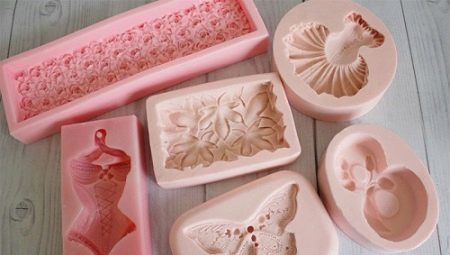Soap making has become a popular activity for many people today. This is not only an exciting activity - it also brings income. The main criterion for the finished product is its attractiveness, aesthetics and properties.
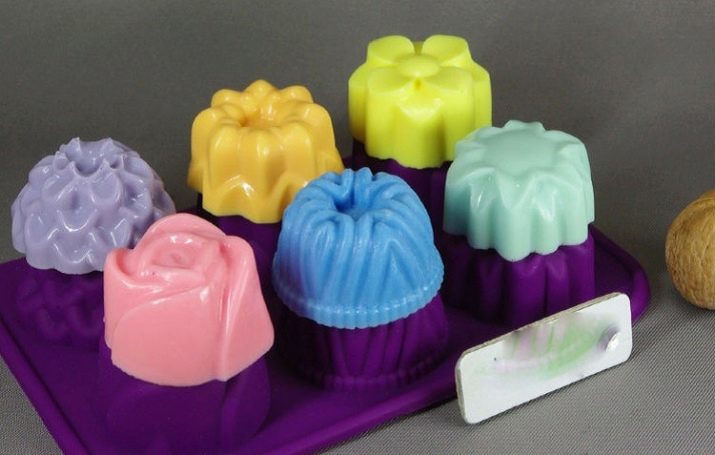
Requirements
To create handmade soap, you must use molds. They differ from each other:
- size
- form;
- texture;
- material.
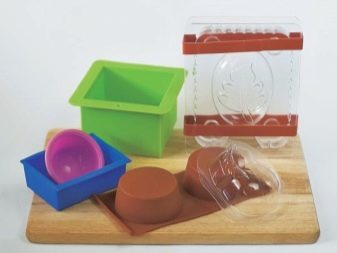
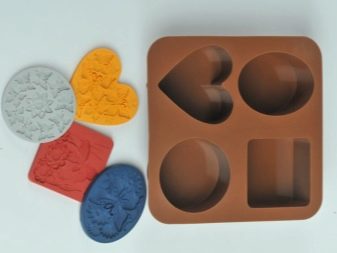
Soap molds can be purchased at the store or made independently at home. If you decide to use the latter option, then pay attention to the following nuances of using forms from improvised means:
- Do not choose fragile material, glass and metal;
- products must be holistic, without cracks.
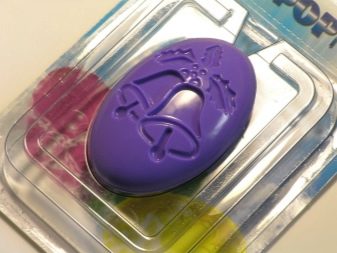
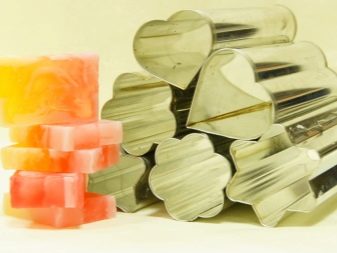
Use molds for sand, ice, sweets. These are suitable for beginner soap-makers. Especially if the molds are simple, and do not have an ornament and recesses.
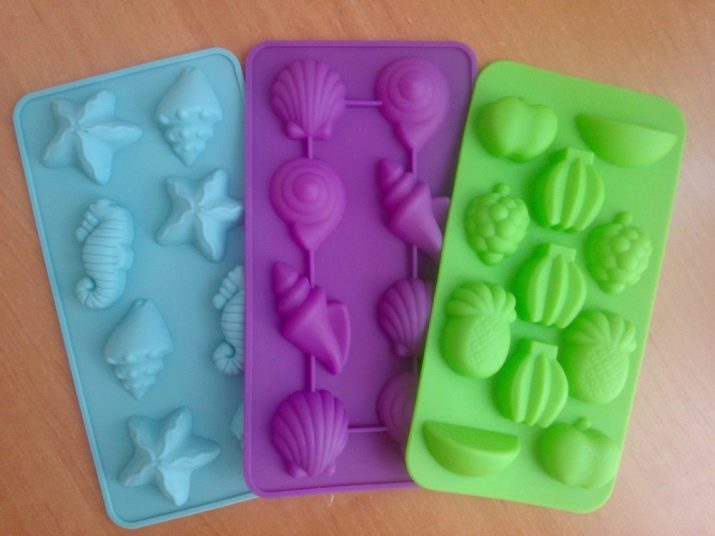
Varieties
Forms for soap are:
- plastic;
- silicone;
- wooden.
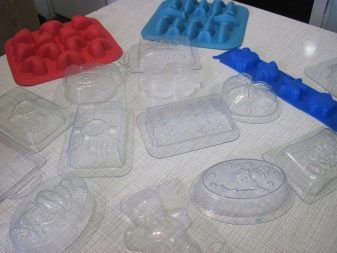
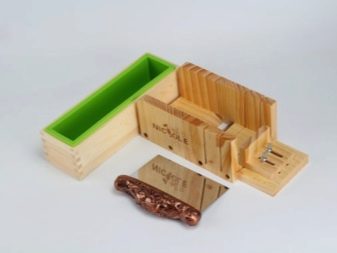
Each of the above varieties is in its own way good and original.
Plastic
Plastic forms are widespread, as they are convenient to use. They are cheaper and quite durable. In addition, plastic varieties have a wide range.
Although there are disadvantages of this product:
- the soap will only be convex on one side;
- the soap may be deformed when inaccurately removed from the mold;
- there is a need for re-drying after removal from the mold.
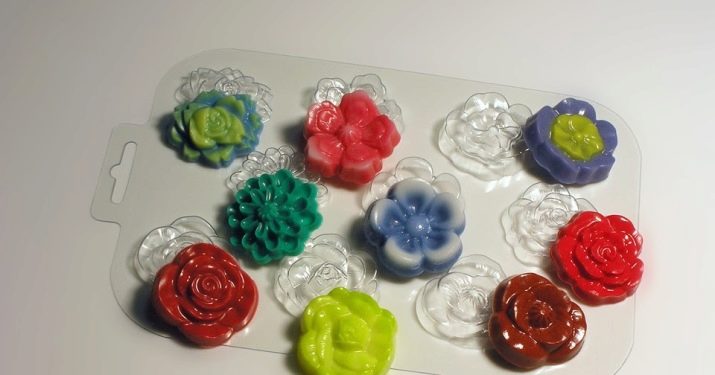
Plastic varieties are divided into:
- universal;
- 2D
- 3D
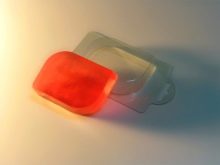
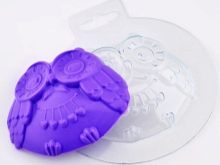
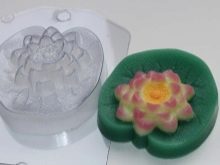
Mylovar must always have universal forms in his arsenal. They come in the form of different geometric shapes: a square, oval, circle, etc.
- Universal varieties convenient for a novice specialist in that the soap is easy to remove from the form without damaging it. An experienced soap-maker uses similar forms for carving (soap carving). For example, flowers with leaves, buds always look spectacular.
If you want to give the finished product originality, then use stained glass paints.
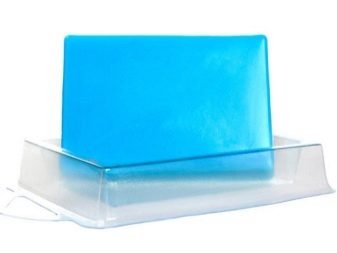
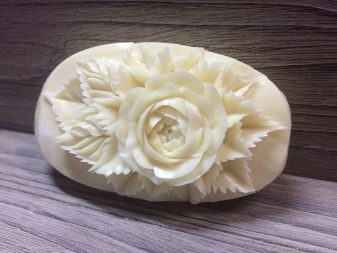
- 2D shapes differ from universal detailing and invoice. An example is hearts, stars, shells, Christmas decorations and much more.
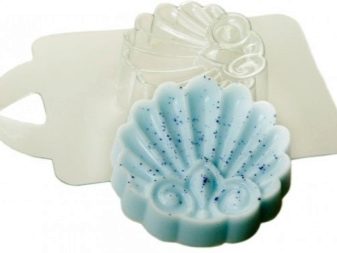
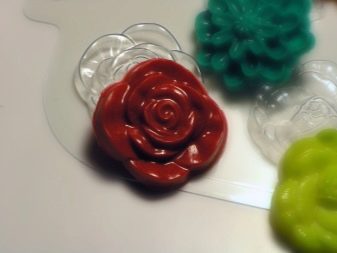
- 3D shapes are also gaining popularity, which consist of two parts, so cooking soap is much more convenient.
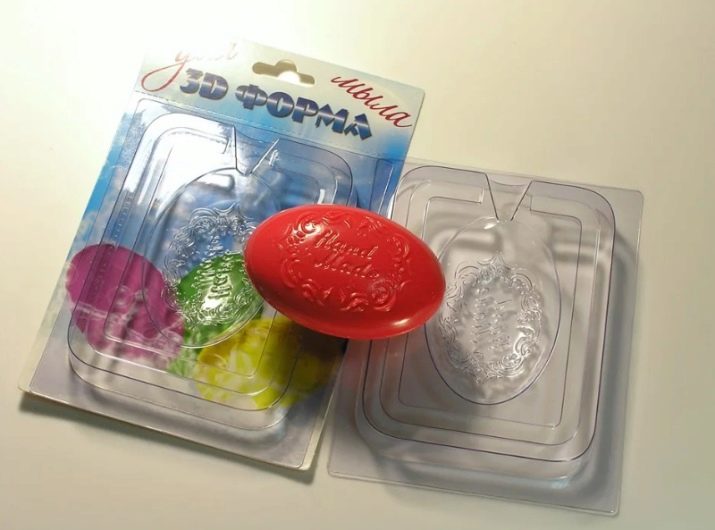
Silicone
For the manufacture of not one bar of soap, but several bars at once, use silicone molds. A huge advantage of silicone is its elasticity, so working with it is only a joy. Most often, silicone baking dishes are used. For some soap makers, a small minus is that the finished product is still a single bar that needs to be cut into pieces. Use sharp knives to prevent damage to the soap.
Silicone molds also have 2D and 3D versions. They differ in relief. The 2D shape has a pronounced relief, and also has a flat surface below. 3D shapes clearly follow the contours, and are made of special silicone. It differs in its density. Despite this, such silicone is flexible. Some forms are also equipped with cuts.
Thanks to them, it is easy to take out the finished product.
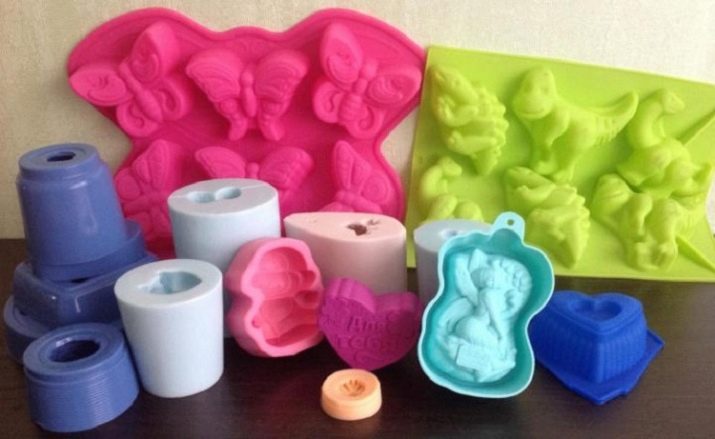
Wooden
It is believed that the classic option is a collapsible wooden form for soap. This option is perfect for beginners. Before use, the entire surface inside must be laid with paper. You can buy a ready-made liner for this form.
Benefits:
- the finished soap is smooth, since the walls of this form are stiff;
- the mold is easy to disassemble, so it is easy to store and wash after use;
- high heat conductivity;
- soap dries faster than in silicone form;
- lack of deformation when interacting with a hot soapy solution;
- Soap is easy to get, as the mold is collapsible.
The only drawback is that the tree is highly susceptible to moisture. Therefore, such forms must be stored in a warm and dry place.
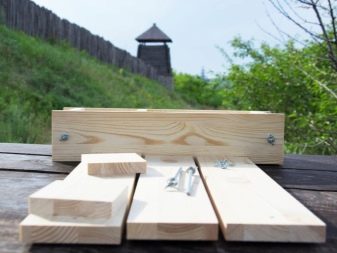
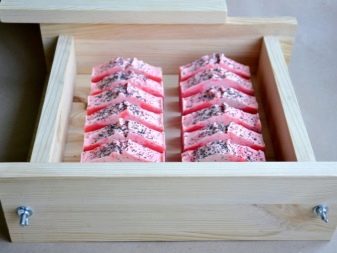
Selection recommendations
Before you buy a soap mold in a store, read reviews from other customers. Although there are basic recommendations for choosing:
- pay attention to the quality of the product, if necessary, ask the seller to provide a certificate;
- the product must be hypoallergenic;
- operational indicators must be present: information about the permissible temperature, humidity, etc .;
- acquire only opaque forms;
- pre-determine the size, design, color.
Allocate the necessary budget for the purchase of products - the better the material, the more expensive the acquisition will cost.
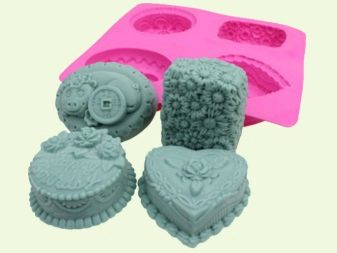

Silicone molds are durable and do not deform over time. They are harmless to the health of both an adult and a child. Silicone has no chemical smell. The plus is that silicone has a higher melting and ignition temperature. The only negative is the cost, since plastic molds cost an average of 30-50 rubles, and silicone molds cost 300-700.
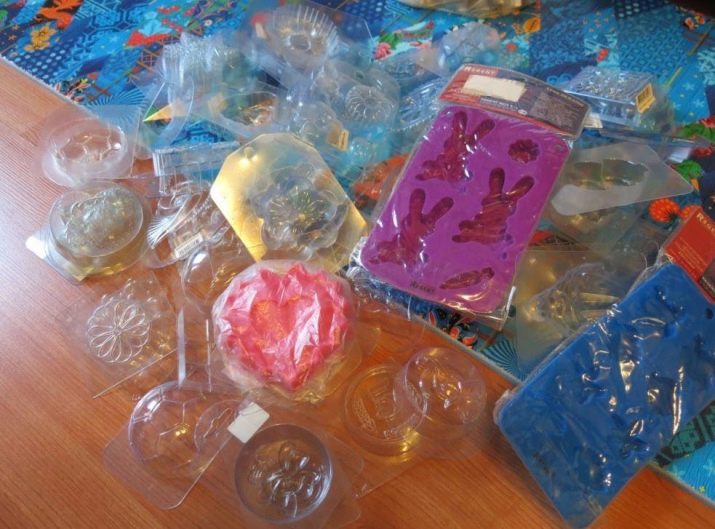
How can I do it myself?
If there is no desire to go to the store and look for the necessary goods, then a soap mold can be made with your own hands at home.
To do this, prepare:
- a figure ("image" of your future soap);
- plastic container;
- compound (polymer resin);
- gloves
- dry rag.
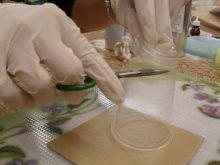
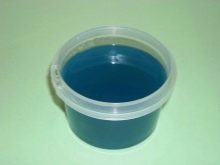

Now we will consider how you can independently make a mold from silicone.
- Spread the components of the soap mold in advance.
- Next, choose what the soap will be.To do this, use the figures that are found in every home: figurines, children's toys.
- Pick up a container for filling. It should be a little bigger than the figure itself. Do not use too much capacity; in this way you can use up excess compound. For home soap making it is necessary to use heat-resistant opaque containers.
- Formwork can be made from a plastic jar of yogurt or sour cream. Formwork is needed so that there is no curvature of the walls of the form. Consider the distance to the walls, it should be 0.5-1 cm.
- After that, glue the figure to the bottom of the tank. This is necessary so that the figure does not emerge during the fill process. You can attach with a glue gun.
- Lubricate the shape and figure with oil. This makes the product easier to remove.
- When the container is ready, we proceed to mixing the components: silicone, catalyst and hardener. Please note that the material thickens quickly. Pour into a container and cover with a sheet of paper so that debris and dust do not get. Now we wait 10-24 hours until completely solidified.
- At the end, we take out the form from the tank and separate the formwork. At the first use the form needs to be washed.
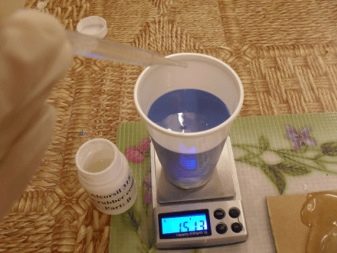
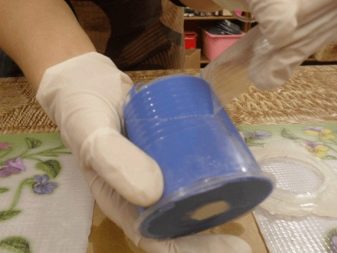
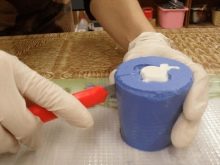
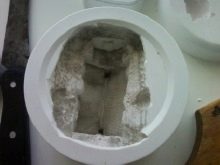
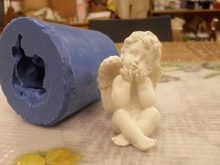
Quickly and simply, you can make a shape of wood.
- Take a small wooden box.
- Now we need to make partitions. It is necessary to purchase plastic sheets (they can be found in the stationery store). First, the sheet will need to be divided into segments, then cut and connected together.
- Tape the entire inner surface with tape so that the soap can be easily removed.
- Pour in the finished mixture and insert the partitions, applying slight pressure.
- Hide the entire box in a bag to prevent debris from entering. Leave to dry completely.
- After the soap has hardened, remove the partitions and remove the soap. All pieces should be the same.
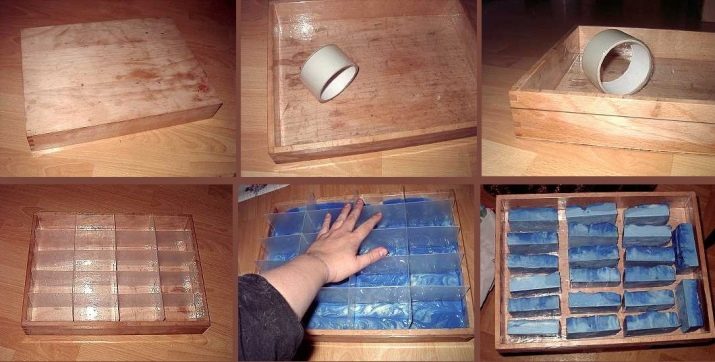
Forms for soap can be made not only from silicone and wood, but also from plastic bottles, and to create a multi-layer soap, use 2-3 bottles of different sizes.
You will need these components:
- plastic bottles of different sizes;
- plasticine;
- solid flat product that can serve as a stand.
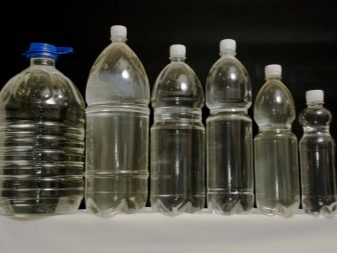
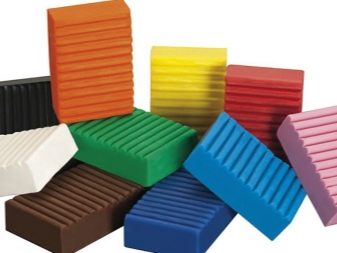
Step by step creation of the form is as follows.
- Smudge the clay over the stand. The thickness of plasticine should be at least 0.5 centimeters.
- Prepare cylinders from plastic bottles. First install a cylinder with a wide radius, and then inside it mark a cylinder with a narrow radius.
- First, the soap solution is poured into the gap between the cylinders. After the first part of the soap solution has dried, the narrow cylinder is removed and the second part of the soap is poured.
Thanks to this process, the soap is multilayer.
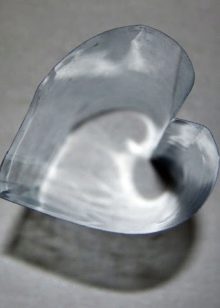
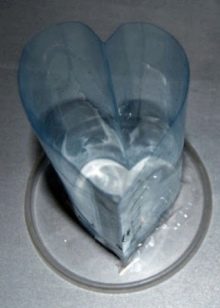
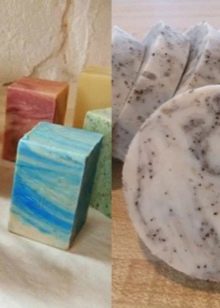
A mold for soap can also be created using sealant.
- Take the container and cover it with polyethylene. Pour in starch, add sealant, and again starch.
- Knead the silicone “dough”. Remember to wear gloves. Act quickly so that the dough does not harden.
- Choose a shape with which you will make a mold for soap.
- Insert the figure in the middle of the test and wait until it dries completely.
- Remove the shape from the finished shape.
- To speed up the curing process, place the mold in a cold place. For example, put in the freezer for a few minutes, and then immediately send under hot water from the tap. Soap instantly "fly out" of the form.
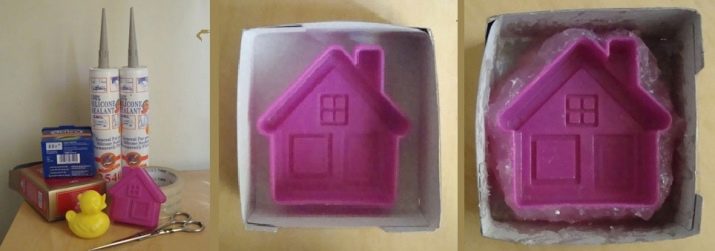
Useful Tips
Creating molds for soap is always interesting and exciting, like any creativity with your own hands. Specialists highlight a number of additional recommendations for those who are just starting to learn the basics of this science.
- For the design of soap, it is necessary to acquire not only the form, but also the soap base, dyes, aromatic and cosmetic oils. When choosing dyes, give preference to food.
- To fill the soap base into complex forms with great detail, use wooden skewers to help distribute the soap evenly over the entire surface.
- To prevent molds from failing, cover them with baking paper before use. Do not use sheets of printer paper; they stick to soap.
- Stop using metal molds. Some components of the soap base react with the metal, which leads to corrosion.
- Be sure to ask for a certificate when buying soap molds in a store. If the product is not certified, do not purchase it.
Such products can be made from chemical compounds that can harm your health.
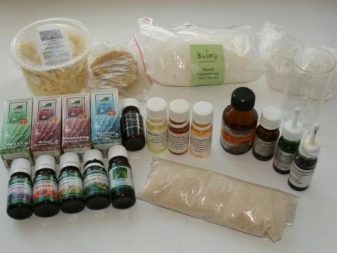
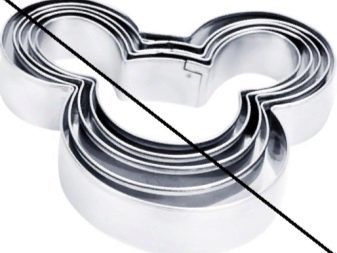
See how to make a mold for soap in the video video.
